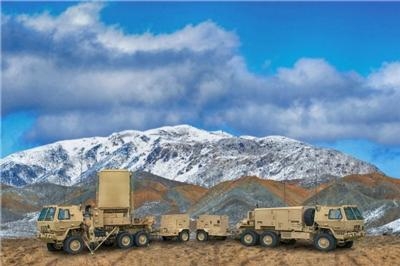Sun, Jul 03, 2016
Advertisement
More News
 Klyde Morris (10.27.25)
Klyde Morris (10.27.25)
It Does Indeed Work Every Time, Klyde FMI: www.klydemorris.com>[...]
 Airborne 10.27.25: MOSAIC Phase 1, Katana Returns, MOSAIC Town Hall!
Airborne 10.27.25: MOSAIC Phase 1, Katana Returns, MOSAIC Town Hall!
Also: Orlando Air Show Cancelled, ATC Staffing Shortages, CH-47F Block II Chinooks, Sustainable $$ More than a decade of hard work, legal setbacks, and community advocacy has final>[...]
 Airborne-NextGen 10.28.25: Police Drones, Nat'l Parks v UAVs, MOSAIC Phase 1
Airborne-NextGen 10.28.25: Police Drones, Nat'l Parks v UAVs, MOSAIC Phase 1
Also: MOSAIC Town Hall, Lockheed Martin Venus, Electric Aircraft Cooling, Korea Taps Archer The Miami-Dade Sheriff’s Office is at the front end of a year-long AI policing exp>[...]
 ANN FAQ: Follow Us On Instagram!
ANN FAQ: Follow Us On Instagram!
Get The Latest in Aviation News NOW on Instagram Are you on Instagram yet? It's been around for a few years, quietly picking up traction mostly thanks to everybody's new obsession >[...]
 NTSB Final Report: Airbus A321-271N (A1); Cessna 172N (A2)
NTSB Final Report: Airbus A321-271N (A1); Cessna 172N (A2)
The Local Controller’s Poor Judgment In Prioritization Of Their Ground Traffic Ahead Of Their Airborne Traffic Analysis: Hawaiian Airlines flight 70 (HAL70), N2165HA, an Airb>[...]
blog comments powered by Disqus




